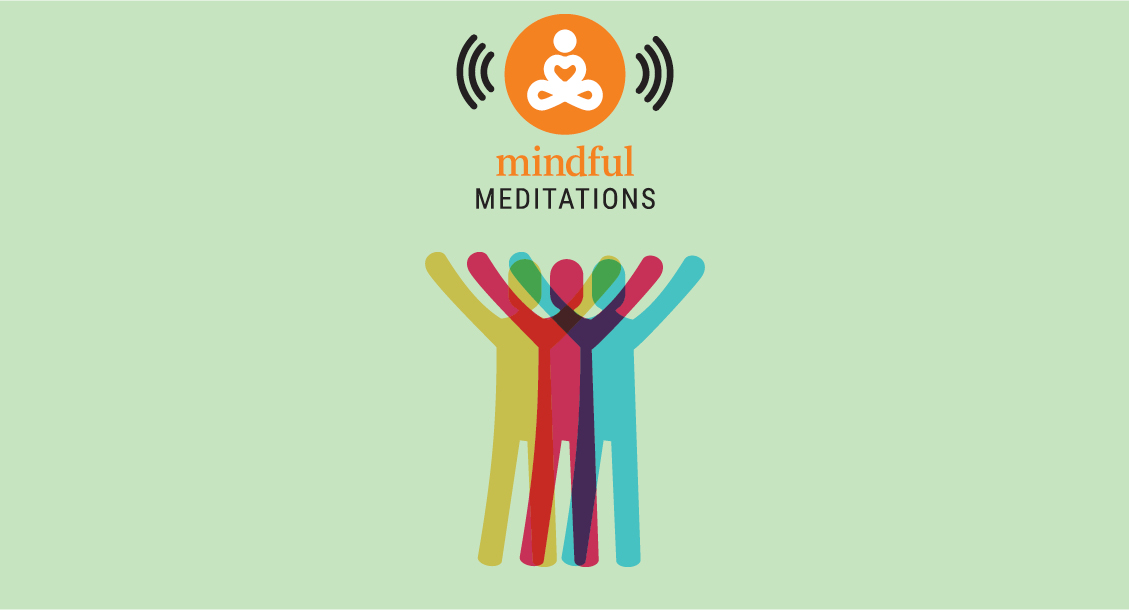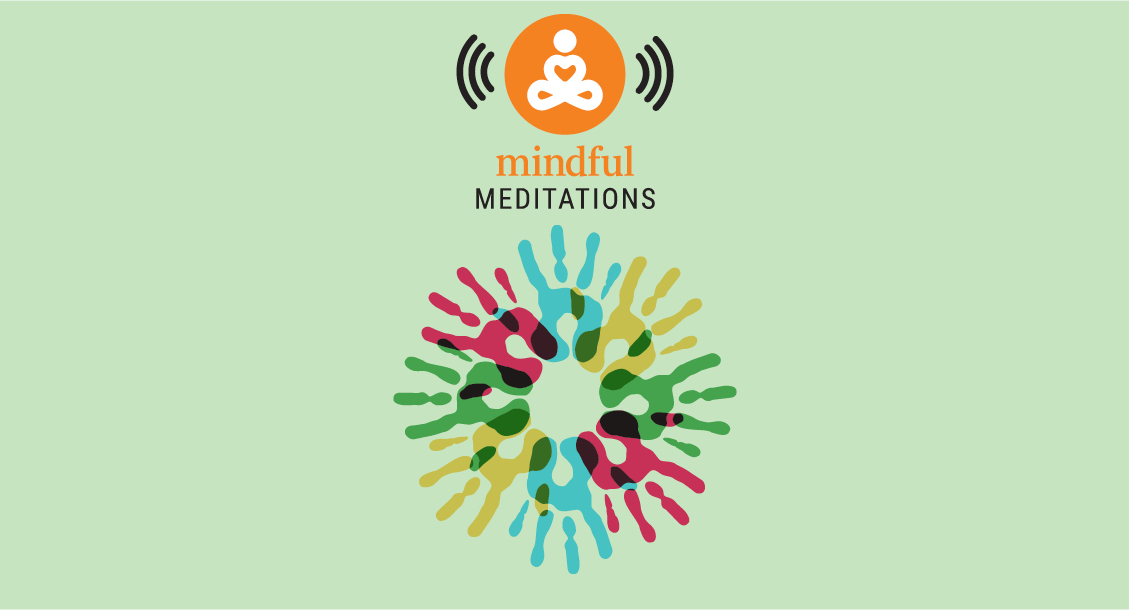For today’s practice, I will be offering a guided meditation to assist in deepening your awareness of the thoughts, emotions, and sensations that come up for you when you examine the skin that you’re in, the way that race is a part of how you’re seen in the world, and how you see yourself. What we’re going to do in these few moments, is offer a taste of a practice that I explore in my work, The Inner Work of Racial Justice. This is an opportunity to feel and reflect on the thoughts, emotions, and sensations that you carry when you encounter the aspect of your being and identity within yourself as you engage with your own racial identity, and the way others may identify you through the lenses of race.
Bringing Awareness to Our Racial Identity
Watch the video:
Listen to the audio:
Bringing Awareness to Our Racial Identity
Read the practice:
- Settle in with a beginner’s mind: Let’s start by bringing our attention to our intention, to settle in, in this moment, into a posture for meditation that can support us in deepening our ability to be with this aspect of our lives on the journey today. As you identify a posture for you, whether seated, or standing, or lying down, really see if you can begin to feel the sense of your belonging on the planet, on this earth right here, right now. Feel the invitation to explore this meditation as an offering for you. Whatever your background is, this meditation is for you, and only for you. Invite a sense of beginner’s mind and openness to the practice, just see what there is to see, and know a little bit more about your experience around racial identity at this time.
- Deepen in: Further drop into this moment by taking a few deeper than usual breaths, and then really feeling the support of the ground beneath you in this moment. Noticing the points of contact between the body and the chair if you’re seated in the chair, or the floor, if you’re seated on the floor, or the bed, if you’re there—wherever you are, feeling the points of contact between the body and ultimately the earth. Allowing yourself to feel the pull of gravity on the body as you sit. Experience your belonging in this moment, breathing in, and out.
- What race identity do you carry?: Identify a part of the body that you can bring your visual attention to. For this practice, the invitation is to really take a look at your skin and bring mindfulness to that aspect of your embodied self. If you prefer to keep your eyes closed you can just call to mind the image you carry of your skin, embodiment and the way your body has been racialized—that is identified by, and through the language, practices, and ideas of race. What race identity do you carry?
- How race is a factor of your experience: As you breathe in and out, reflect on the thought, and the particular words associated with your racial identity, the sensations in the body, the emotions that may come up as you think about this aspect of your identity. Imagine how it is that you might be perceived by others who don’t know you through the lens of this identity. Perhaps a story is coming up, a sensation, a feeling in the body—so bring kindness to your experience as you reflect on this part of what you know, about how race is a factor of your experience.
- The lens of your race: However subtle, however often it recedes, or comes to the forefront in your own experience, imagine how it is that this aspect of your experience may have impacted your engagements with others—how others may perceive you through the lens of what they may take to be your race. Again, noticing the emotions, thoughts, sensations in the body as you reflect on this point of inquiry. How has your racial identity been a factor in your interactions with others? How you are met by others? What kinds of predictions do you carry about how others might meet you? Breathing in and out, bring kindness and compassion to this inquiry.
- What you’ve been taught to think about people: I want us to invite reflecting on the fact that these identities that we carry are associated with categories, so that we have received information about not only ourselves, but the members of that category—the group by which our racial identity is associated. The invitation is to think about what stories, teachings, and what you’ve been taught to think about people. Maybe imagine one story, or image that comes to mind, and just take that in for now. Breathing in, and breathing out again.
- Invite compassion in: I’ve got one hand over my heart because for me, bringing attention to some of the stories I carry about Black, racialized people is quite painful in some ways and at the same time there’s some joy that I can imagine. If there’s any way in which this meditation is causing any difficulty, the invitation would be to place one hand over the heart, or otherwise consciously invite compassion in as a support for you. Breathing in, and breathing out again. If you’re feeling a strong emotional response, really be your own best guide, allowing yourself to settle. Perhaps placing the hands on the knees, or some other part of the body, and feeling grounded in this moment. Really feeling the sensations of the feet on the floor, if you’re seated in that position. Breathing in and breathing out, and bringing extra support for just releasing the image, the thoughts, stories around race, and coming back home to being supported and grounded, safe, connected, and resourced in this moment. Bring compassion—the will to alleviate your own suffering and difficulty as you explore how race has impacted your own life.
- Transition out: Now as we prepare to transition out of this period of formal reflection on the racial identity that you carry, and the thoughts and emotions, sensations, stories that travel in your being when you think about that identity, I would like you to make an intention to journal just for a few minutes about what has come up for you in this meditation. As we transition out of the formal practice here, breathing in and out, see what word, phrase, image, story, or emotions you will highlight for bringing into a period of journaling to reflect on what arose here, and to see what more you might know. Bringing kindness and compassion all along the way as you reflect on bringing awareness to what you carry around your racial identity and your experiences as a racialized body in the social world.
Sitting with you in this practice, and thanking you for your practice on this day. May you be well and safe on your journey.
explore session #3
Working with Wounds We Carry Around Racism
An 18-minute practice to create the space and inner support needed to sit with difficult emotions.
Read More


